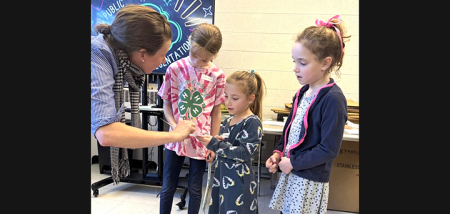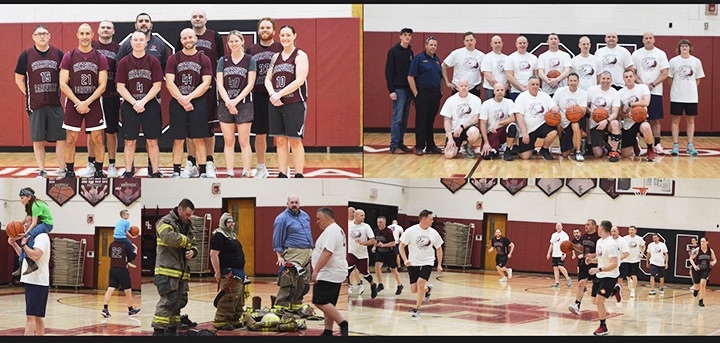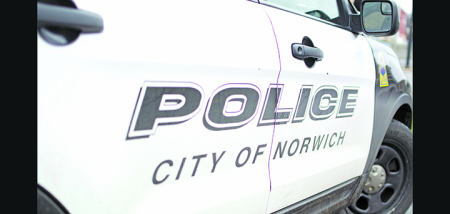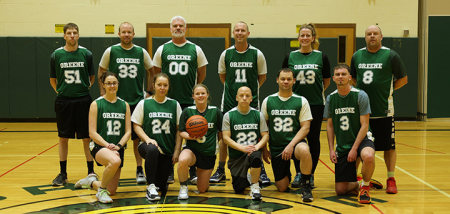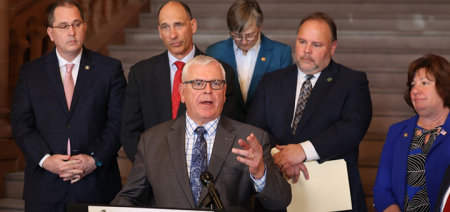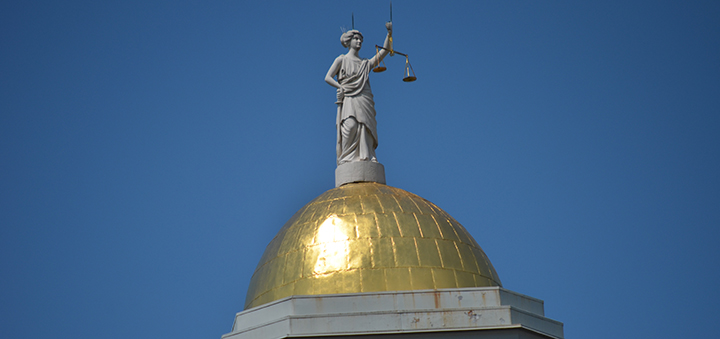Optimism In Trump’s America
Published:
March 1st, 2017
President Trump's job approval rating, 44 percent with a 48 percent disapproval rating in a new Wall Street Journal-NBC News poll, makes him "the first president of the post-World War II era with a net negative approval rating in his first gauge of public opinion," according to the Journal.
Trump's most strident supporters will no doubt call the polls fake, but the fact is, Trump's numbers are low, and they're more evidence -- as if any more were needed -- that there is no honeymoon for the 45th president.
But at the same time, there are signs of optimism -- not for Trump's political fortunes but for the country. If the Journal numbers are correct, more Americans say they are hopeful and optimistic about the future than have said so in several years. And, at least specifically where the economy is concerned, many attribute their optimism to the presence of Trump in the Oval Office.
The Journal-NBC pollsters asked 1,000 adults, "When you think about the future of the country, would you say that you are mainly hopeful and optimistic or mainly worried and pessimistic?" Sixty percent said they feel hopeful and optimistic, while 40 percent said they feel worried and pessimistic. That hopeful number is higher than when the Journal last asked the question in December 2016 (when it was 56 percent), and in August 2016 (54 percent), and September 2005 (53 percent).
"This is a strong number being driven by very high numbers among Trump voters who express optimism across a number of measures on the poll, including higher economic confidence," pollster Bill McInturff told me via email.
As McInturff said, Trump voters are the most optimistic. On the other hand, if 60 percent of Americans think something, the number includes a significant number of people who didn't vote for Trump.
Looking inside the poll, men (66 percent) and more hopeful than women (54 percent). People earning between $30,000 and $50,000 (63 percent) and between $50,000 and $75,000 (64 percent) are more hopeful than those who make more than $75,000 (59 percent) and under $30,000 (55 percent). On the other hand, all age and income groups are over 50 percent on the hopeful scale.
Looking at other groups, 52 percent of Hispanics are hopeful, versus 47 percent worried -- that's got to be a more positive number than many would have guessed. Among African-Americans, though, just 36 percent are hopeful, versus 63 percent worried. Among whites, 65 percent are hopeful, versus 35 percent worried.
Looking at political identification, there's no doubt Democrats are bummed -- 37 percent optimistic versus 63 percent pessimistic. Republicans are happy -- 87 percent optimistic to 12 percent pessimistic. And independents are leaning toward the positive side -- 56 percent optimistic to 41 percent pessimistic.
Getting to those Trump voters, 89 percent say they are hopeful, versus just 30 percent of Hillary Clinton voters. However, among the relatively small group of Americans who voted for some other candidate for president, 55 percent are hopeful. And among the much larger group of Americans who didn't vote at all, 68 percent are hopeful. That's a pretty big number.
There are other indicators in the Journal-NBC poll that suggest good feelings among Americans in the wake of Trump's victory. The pollsters asked, "During the next twelve months, do you think that the nation's economy will get better, get worse, or stay about the same?" Forty-one percent said they expect the economy to get better, versus just 21 percent who expect it to get worse and 36 percent who expect the economy to stay the same. That 41 percent, plus 42 percent who expected better times in the Journal's poll last month, are the highest expectation numbers in the Journal's polling since October 2012, right before Barack Obama was re-elected.
The Journal then asked those who believe the economy will get better whether they believe that will be the case mostly because of new Trump economic policies, or mostly because of what Obama set in motion, or mostly because the normal business cycle is simply improving. Seventy-three percent credited Trump policies, while just five percent credited Obama and 20 percent cited the business cycle.
Finally, the Journal pollsters asked the classic right track-wrong track question, "All in all, do you think things in the nation are generally headed in the right direction, or do you feel things are off on the wrong track?" Forty percent said they think the country is going in the right direction, versus 51 percent who said it's on the wrong track. That is by no means great -- but that 40 percent right-track number is higher than any in Journal polling since December 2012, again immediately after Obama was re-elected.
None of that adds up to Trump popularity. But Americans' sense of hope, especially about the economy, is a hugely important factor in presidential support. And where that is concerned, there is, for Trump, a little light for the future.
– Byron York NEA Columnist
Comments


